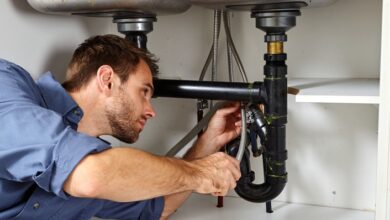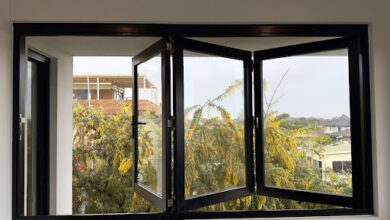Why Repairs Can Be Better Than Full Replacements

Restoring Strength Without Starting Over
When a tank starts showing signs of damage, many homeowners and property managers immediately think about full replacement. It seems like the safest move. But that approach often overlooks a more efficient, cost-effective solution: repair. In many cases, a professional tank welder can restore the tank’s structural integrity, extend its life, and save you from a full system overhaul. This isn’t a shortcut—it’s a smart, strategic fix that solves the problem without creating new ones.
Most tanks don’t fail all at once. They degrade slowly. Seams may weaken, fittings may loosen, and corrosion might start to appear in isolated spots. If those issues are addressed early, the damage can be stopped and reversed with precision welding. That allows you to preserve the tank you already have, avoid unnecessary removal, and get your system back online with minimal downtime.
How Welding Restores Functionality
Tank welding is about more than sealing cracks. It’s a highly controlled process that reinforces compromised areas and prevents further spread of damage. When performed by a trained tank welder, the repair strengthens the tank’s pressure resistance, seals potential leak points, and restores the original design without altering the system layout.
This kind of work is especially valuable for large or buried tanks, where replacement would involve excavation or major utility disruption. Welding is done on-site, often in a matter of hours, and can often bring tanks back into compliance with safety and operational standards.
Replacement Isn’t Always Better
A new tank might seem like the more reliable option, but it also brings complexity. You’ll face downtime, permitting, disposal fees, and potentially structural changes to accommodate a new unit. That’s a big price to pay if the existing tank can be saved.
Repairs cost less, take less time, and require fewer approvals. They also preserve any custom or hard-to-replace fittings that are already in place. And when done correctly, repairs don’t just buy time—they return the tank to near-original performance.
That’s why, in many mid-level damage cases, the better option isn’t demolition. It’s calling in a skilled tank welder to bring the system back to life without tearing everything out.
The Right Conditions for Repair
Not every tank can or should be saved. Severe rust-through, internal collapse, or chemical damage beyond the weldable area may require full replacement. But many tanks fall into a repairable category if:
- Corrosion is localized, not structural
- Cracks or leaks are visible but limited
- Seams have started to separate but are intact
- The tank is otherwise well-supported and stable
In these scenarios, welding can provide a long-lasting fix. When paired with recoating or lining upgrades, it can significantly extend the tank’s service life.
Safety and Code Compliance
A proper weld isn’t just about sealing metal—it has to meet code. That’s why only certified welders should be used. They understand how heat, pressure, and material type interact, and they know what inspection requirements must be met after the job is done.
Working with a licensed tank welding specialist ensures the repair holds up under real-world use. It also means your repair is documented and compliant with any local safety or environmental regulations. That can make a major difference when it’s time to reinsure or sell the property.
When to Act on Minor Damage
It’s easier to save a tank before the problem spreads. Small leaks, surface corrosion, or seam deterioration may not seem urgent, but they’re the best-case scenario for repair. Waiting too long often turns a minor fix into a major project. Once rust eats through support zones or leaks compromise the tank’s base, even the best welder can only do so much.
Routine inspections—especially in older systems—can catch these repairable issues early. If you see moisture at connection points, smell fuel near the tank, or notice inconsistent flow, it’s time for an evaluation. Acting quickly can save thousands and eliminate the need for demolition or tank removal.



